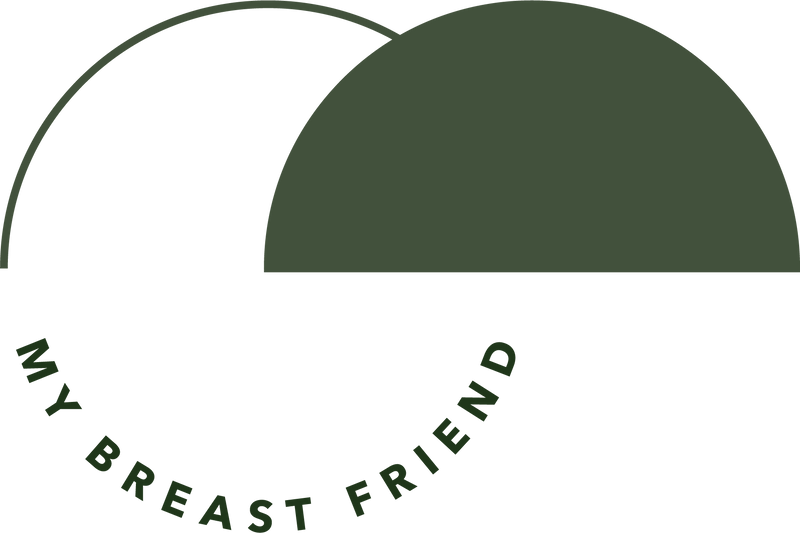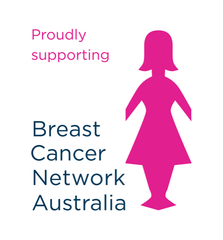Supporting Breast Cancer
In between when you woke up this morning and when you go to sleep tonight, 55 Australians will be told they have breast cancer.
The same will happen tomorrow, and the next day too, making breast cancer the most common cancer affecting Australian women.
Over 90 per cent of those diagnosed with breast cancer do not have a family history or genetic link to the disease. Early detection is so important to survival, which is why I wanted to develop some products that specifically highlighted the importance of regular breast checks. I’m grateful to Breast Cancer Network Australia (BCNA) for providing its tips here.
Self-Examination Tips, thanks to Breast Cancer Network Australia
Everyone’s breasts look and feel different. You may have lumpy breasts, one breast larger than the other, breasts that are different shapes, or one or both nipples that are pulled in (inverted), which can be there from birth or happen when the breasts are developing.
The most important practice is to become familiar with the normal look and feel of your own breasts. There’s no right or wrong way to check your breasts for any changes. Try to get used to looking at and feeling your breasts regularly. You can do this in the bath or shower, when you use body lotion, or when you get dressed. Just decide what you are comfortable with and what suits you best.
Remember to check all parts of your breast, your armpits and up to your collarbone. When you check your breasts, try to be aware of any changes that are different for you.
Changes To Look Out For
“I felt a lump,” is a common phrase for those who have had a breast cancer diagnosis, but there are many other symptoms or warning signs to watch for:
- a new lump in your breast or underarm (armpit)
- thickening or swelling of part of your breast
- irritation or dimpling of your breast skin
- redness or flaky skin in your nipple area or your breast
- pulling in of your nipple or pain in your nipple area
- nipple discharge other than breast milk
- any change in the size or the shape of your breast
- a pain in any area of your breast
Most breast changes are not likely to be breast cancer. However, if you find a change in your breast that’s unusual for you, see your trusted health professional without delay.
Watch This Instructional Video
This simple instructional video from Cancer Australia, "Find It Early And Survive" illustrates the importance of breast awareness and self-checks.
Learn More & Support
Breast Cancer Network Australia (BCNA) is Australia’s leading breast cancer consumer organisation, and for the past 22 years, has ensured that all Australians who are affected by breast cancer receive the very best care, treatment and support.
Help BCNA to continue to provide free information and support to Australians affected by breast cancer.

